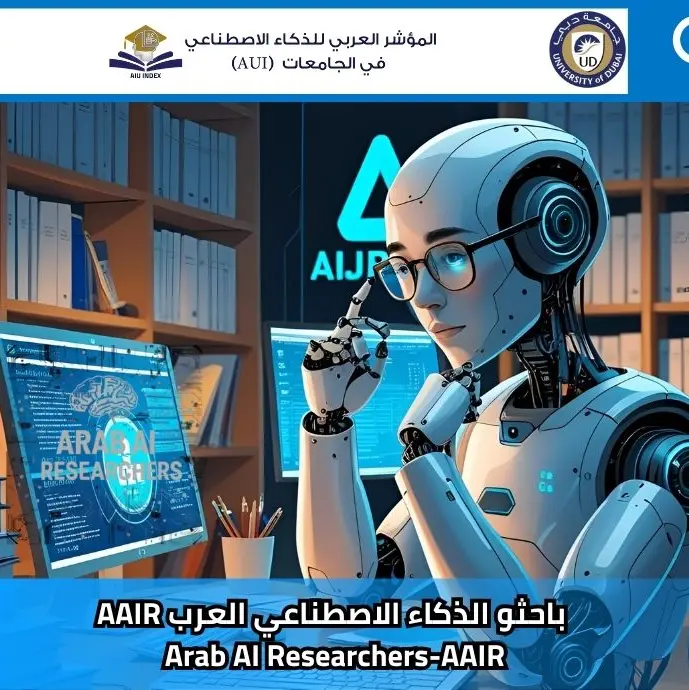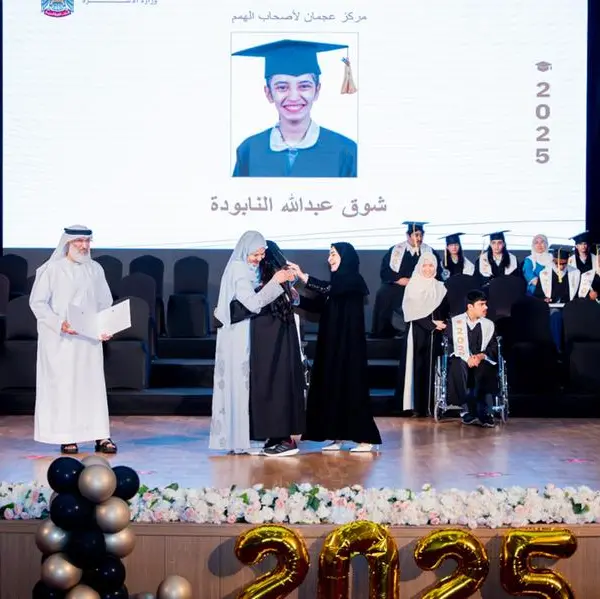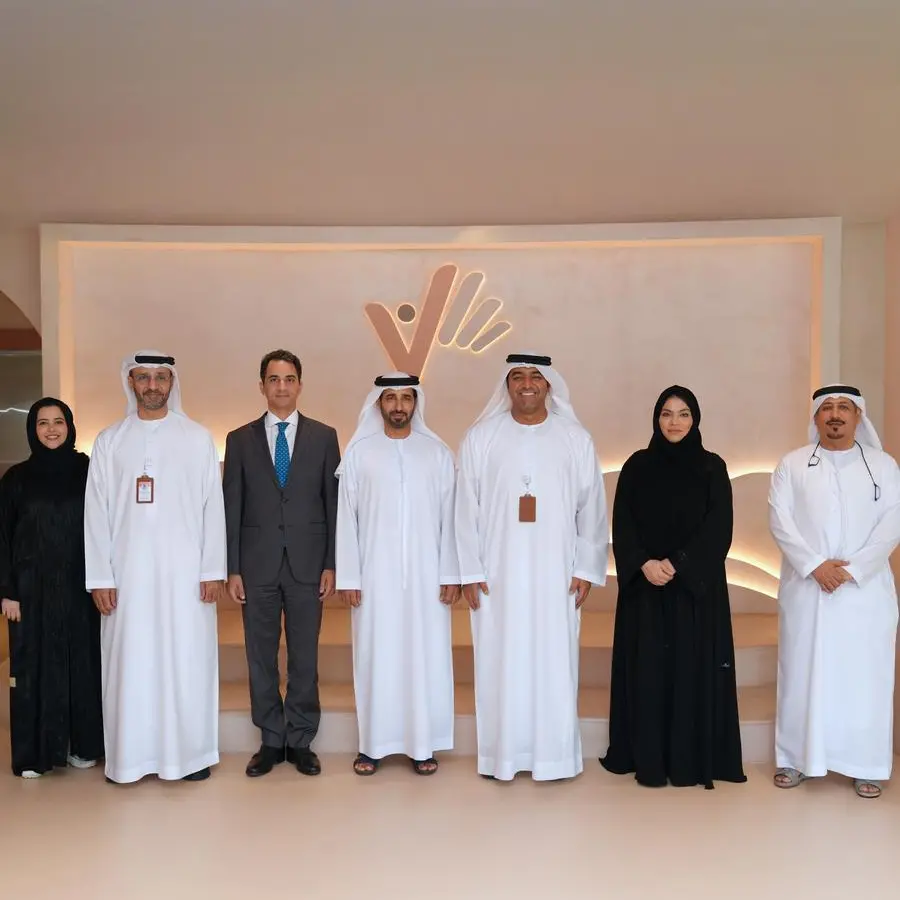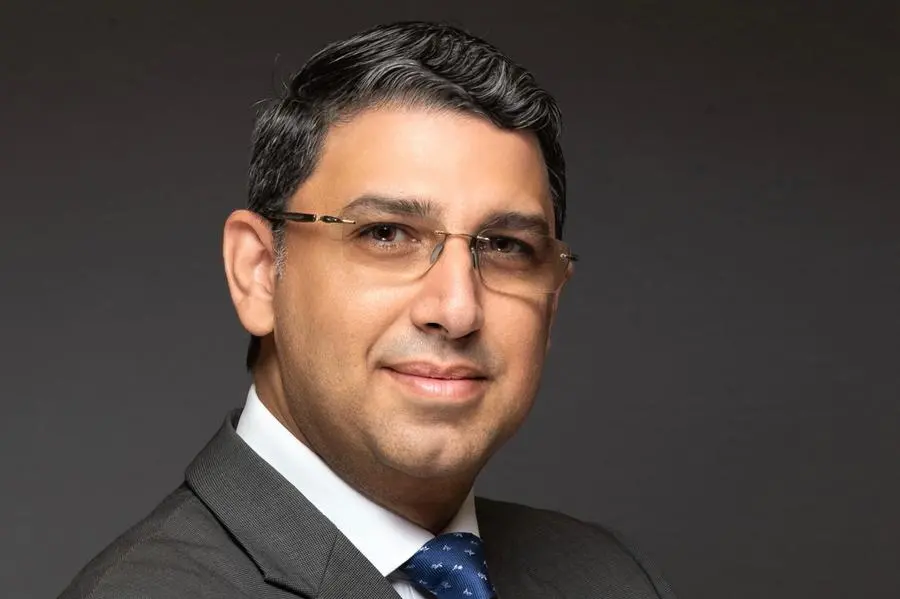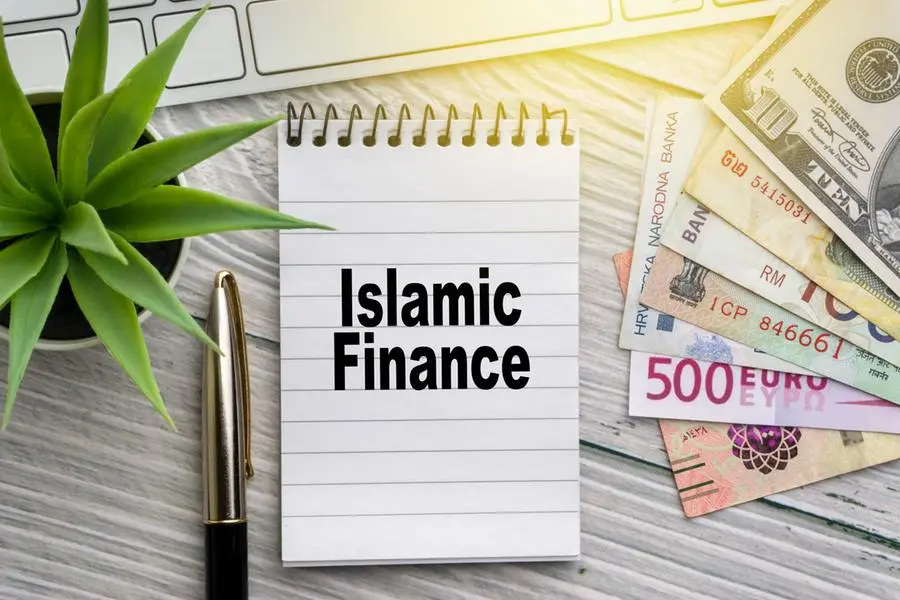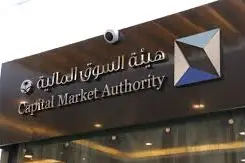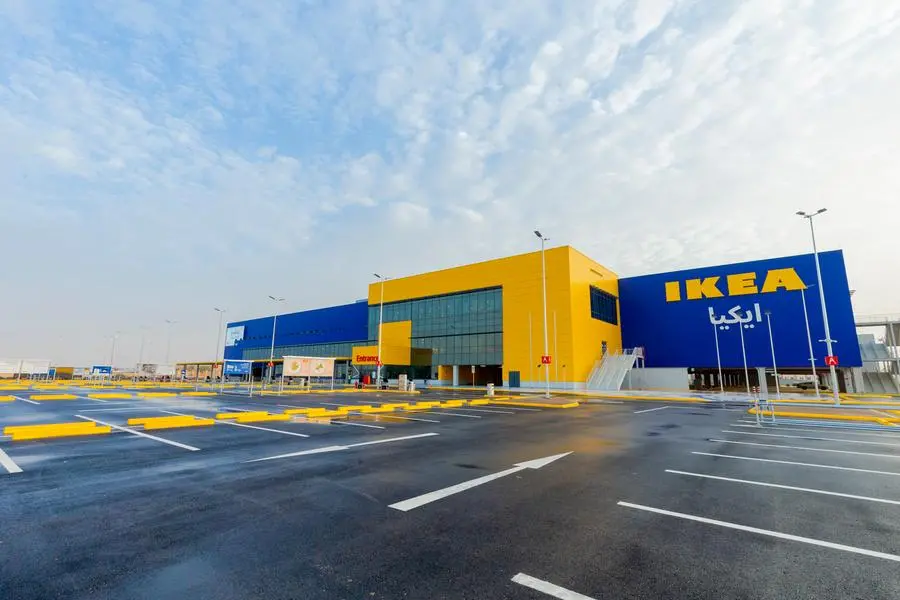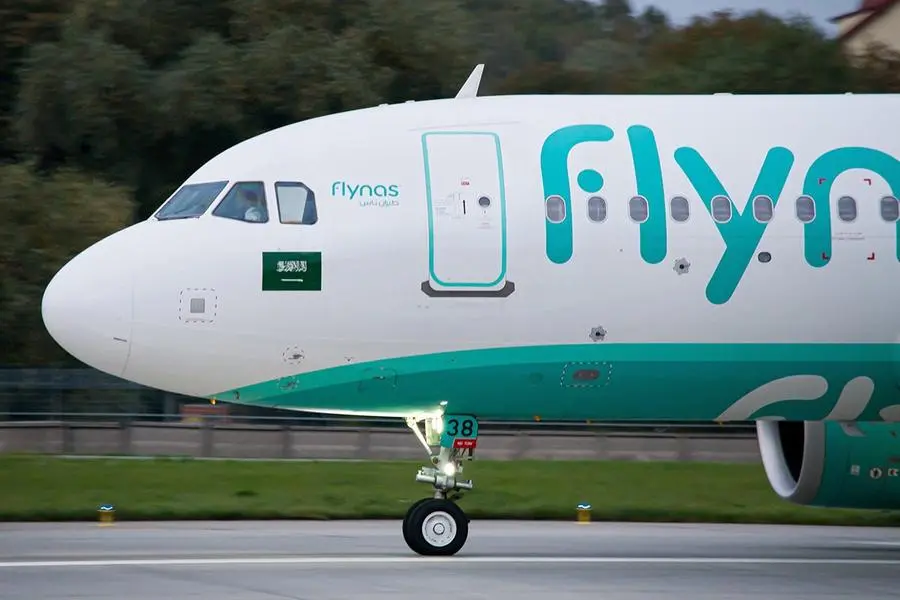Evolving to meet the country’s dynamic talent requirements, India’s education story is as multi-faceted as it is fascinating. On one hand, it prepares scientists and astronauts for one of the world’s most ambitious space programs; on the other, educationists are concerned with creating a cadre of community-focused employable Indians who can find jobs close to where they live.
Learning in India has evolved from the Gurukul system of education – where a guru taught a student everything from Vedic scripture to metaphysics – to a dynamically managed machinery that tackles everything from the space program to rural entrepreneurship and everything in between, including training doctors, nurses, computer scientists, accountants, lawyers, teachers, etc. The ancient system of education is a living heritage still used to train craftspeople, classical musicians, and dancers, and even doctors who apprentice under a mentor for years to hone their skills, even as it takes advantage of modern technology to codify vast swathes of knowledge passed down orally.
This machinery has enabled India to send a man to space (1984) and an orbiter mission to Mars (2013-2014), the first nation to do so successfully in the first attempt. In February 2017, the Indian Space Research Organization (ISRO) launched 104 satellites on a single Polar Satellite Launch Vehicle (PSLV) rocket, a world record. It also has plans for a lander on Mars by 2022 and for an orbiter to Venus shortly after.
The scientists who make it all happen are home-grown, having studied at the country’s premier space institutes such as the Indian Institute of Space Science and Technology (IIST) in Thiruvananthapuram, the Indian Institute of Science Education and Research in Bhopal, Kolkata, Mohali, Pune, and Thiruvananthapuram, and others located in towns and cities from Mumbai to Bhubaneswar, Nainital, and Bengaluru, among other cities.
At the sixth edition of the World Government Summit in Dubai, where India was the guest country, some of its educational initiatives were in focus. Amit Sood, Director of Google’s Cultural Institute, is a graduate of Sydenham College, Mumbai. He credits his Indian heritage, his education, and his aspiration to make culture more accessible for the role that the Institute is playing today. Speaking at a session titled ‘The Future of Culture’ at the World Government Summit 2018, in Dubai, Sood said: “My memories and experiences in India, and the time I spent in Mumbai and the Nilgiris, shaped what we do at the Google Cultural Institute.”
Sood is not the only ‘export’ of India’s education system. India’s ages-old focus on acquiring knowledge has resulted in producing alumni who have ascended to global heights.
Indra Nooyi, who has been the CEO of PepsiCo since 2006, did her graduate and postgraduate studies in India before going to the Yale School of Management.
Satya Nadella, CEO of Microsoft since 2014, got a Bachelor’s degree in Electrical Engineering from the Manipal Institute of Technology, before acquiring a Master’s degree in Computer Science from the University of Wisconsin-Milwaukee.
Sundar Pichai, CEO of Google since 2015, has degrees from the Indian Institute of Technology (IIT) Madras and the IIT Kharagpur, followed by Master’s degrees from Stanford University and the Wharton School of the University of Pennsylvania.
THE STEM ADVANTAGE
India is today poised on an untapped goldmine, a demographic dividend in an otherwise aging world. Recent surveys suggest that by 2030, India will have the largest working-age population globally, expected to reach 962 million, who can harness their educational advantage. Traditionally, education has laid emphasis on Science, Technology, Engineering, and Mathematics (STEM) subjects.
The process of creating young scientists starts very young. Kiran Bir Sethi, Founder of Ahmedabad’s Riverside School, says its curriculum up to Grade 12 contains initiatives that build a healthy relationship between students and their community, without compromising their performance in STEM subjects that Indian parents value highly so that their children can become doctors and engineers.
“Students tell us that their personal wellbeing has been instrumental in getting great academic results. In Mathematics and Science, our students have been performing among the top 10 schools in India,” she told the audience at WGS at a session titled ‘The Indian Model in Designing the Learning Experience’.
Social dynamics in India play out in different ways to turn global trends on their heads. Lack of participation of women in STEM is a worldwide concern. India, where education is perceived by the middle classes as a stepping stone to success, fares better in this compared to many others. Over half of high-performing women excelled at STEM in higher education and women were at or near parity among undergraduate degree earners in science (50.1 per cent) and IT and computer (47.7 per cent) in 2015-16. In India, women constitute 45 per cent of computer science undergraduates, according to the All India Survey on Higher Education.
Organizations such as FAT, or Feminist Approach to Technology, are working towards ensuring that women from all sections of the population can access, use, and create technology, catching them young to enroll them in workshops and leadership training.
“At FAT, we see women’s relationship with technology in three different ways – women as users, creators, and decision-makers around technology,” says Gayatri Buragohain, FAT’s Executive Director.
DEPLOYING TECHNOLOGY
Technology becomes the obvious answer to ensure that the benefits of education reach the length and breadth of the vast country. The education sector uses new technologies such as cloud computing and virtual reality-enabled classrooms to implement large-scale reform, like the Revitalizing Infrastructure and Systems in Education (RISE) scheme.
Indian ‘techies’ have been early adopters of technology-enabled initiatives or platforms such as massive open online courses, or MOOCs. As early as 2013, India formed the second-largest cohort on edX, an MIT-Harvard MOOCs platform, then a fledgling initiative. With a massive appetite for education and up-skilling, two million Indian students are enrolled in the US-based Coursera, which offers technology and business courses sourced from more than 150 global universities.
Sriman Kumar Bhattacharyya, Deputy Director of the Indian Institute of Information Technology at Kharagpur, says technology enables education to reach a diverse population located in the most remote corners of the county. The MOOC platforms of the National Program on Technology Enhanced Learning (NPTEL) disseminate higher technical education.
An example of using technology to bring about positive change is eVidyaloka. Started by former Microsoft employees Satish Viswanathan and Venkat Sriraman, the initiative uses digital classrooms to connect children in remote rural areas to quality volunteer teachers sourced from around the world.
The Bengaluru-based technology start-up reaches 13 schools in Jharkhand, Andhra Pradesh, and Tamil Nadu with content created with the help of more than a hundred volunteers in 11 countries, translating to 50,000 learning hours for children. “The idea is to bring together learning modules, students, and technology,” says Sriraman.
NON-GOVERNMENT INITIATIVES
Augmenting the efforts of the government and multi-lateral organizations, several others have launched not-for-profit initiatives aimed at bridging the education divide. Another part of the jigsaw includes eminent educationists trying to find solutions for vast populations grappling with issues such as rural unemployment. The National University Student Skill Development (NUSSD) program, for instance, is designed to create employable graduates from rural universities. Its mastermind, Dr. S. Parasuraman, former Director of the Tata Institute of Social Sciences, says the program increases employability of university youth by equipping them with skills that are relevant to where they live.
The program involved 50 faculty members, interns, and fellows from the Mumbai-based institution for postgraduate education in Social Work visiting distant rural areas of many states including Odisha, Gujarat, Madhya Pradesh, Maharashtra, Jharkhand, and Bihar to conduct a demand assessment.
Graduate students take on extra classes and practical training sessions on weekends to earn an additional certificate alongside their graduate degrees. Construction management and entrepreneurship in minor forest produce are also part of the domain courses. Other specializations are related to agriculture, technology, and entrepreneurship.
With inputs from the best minds and institutions in the country, a world-class curriculum and training methodology were created, to strengthen universities serving rural students. The course components include ‘How do you make available rural credit’ and ‘How do you make available marketing data and information’.
The concept of taking the education to the student instead of bringing the student to schools saw its early success in the 1990s, when non-governmental organization Pratham recruited volunteers to teach in spaces within communities, including temples, offices, and homes. Today it reaches 5.7 million around the country in 23 states and union territories.
PUBLIC FUNDING FOR R&D
The Economic Survey 2017-2018, the latest edition of an annual pre-budget examination of the state of the economy conducted by the Ministry of Finance, has suggested that India needs to gradually move from being a net consumer of knowledge to becoming a net producer. This year’s survey recommends increased spending on research and development (R&D), led by the private sector, to help make the country a global science and technology leader.
Unlike countries like the United States and China, where the private sector does most of the technology research, the government is the primary source of R&D funding in India. The survey also highlights an increased role by Indian universities in research led by Ph.D. students.
The economic survey calls for a shift in policy priorities. While interventions such as remedial education and conditional cash transfers are “promising”, it says, focusing entirely on increasing the number of teachers and making buildings and computers are not. The most urgent need, it says, is to focus on creating excellence among educators. The survey also calls for increasing investment in educating the youth in Mathematics and Science.
Suzanne Samaan
Head of Media Relations, Arab Region
APCO Worldwide
Unit B104-B109
Level 1 Block B
Office Park Building,
Dubai Internet City, Dubai
PO Box 500746 UAE
(t) 971 4 3613869
(m) 971 55 9548682
(f) 971 4 3688001
ssamaan@apcoworldwide.com
